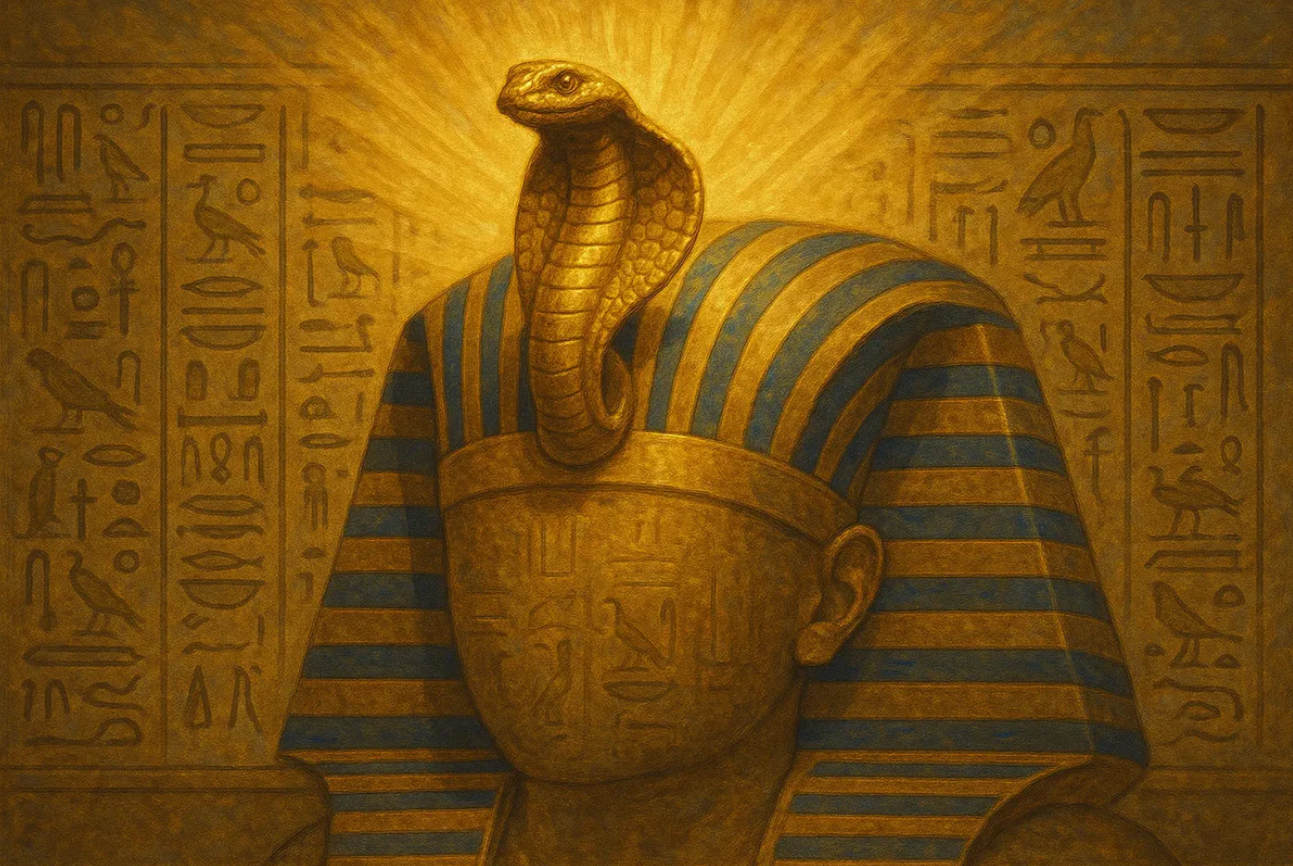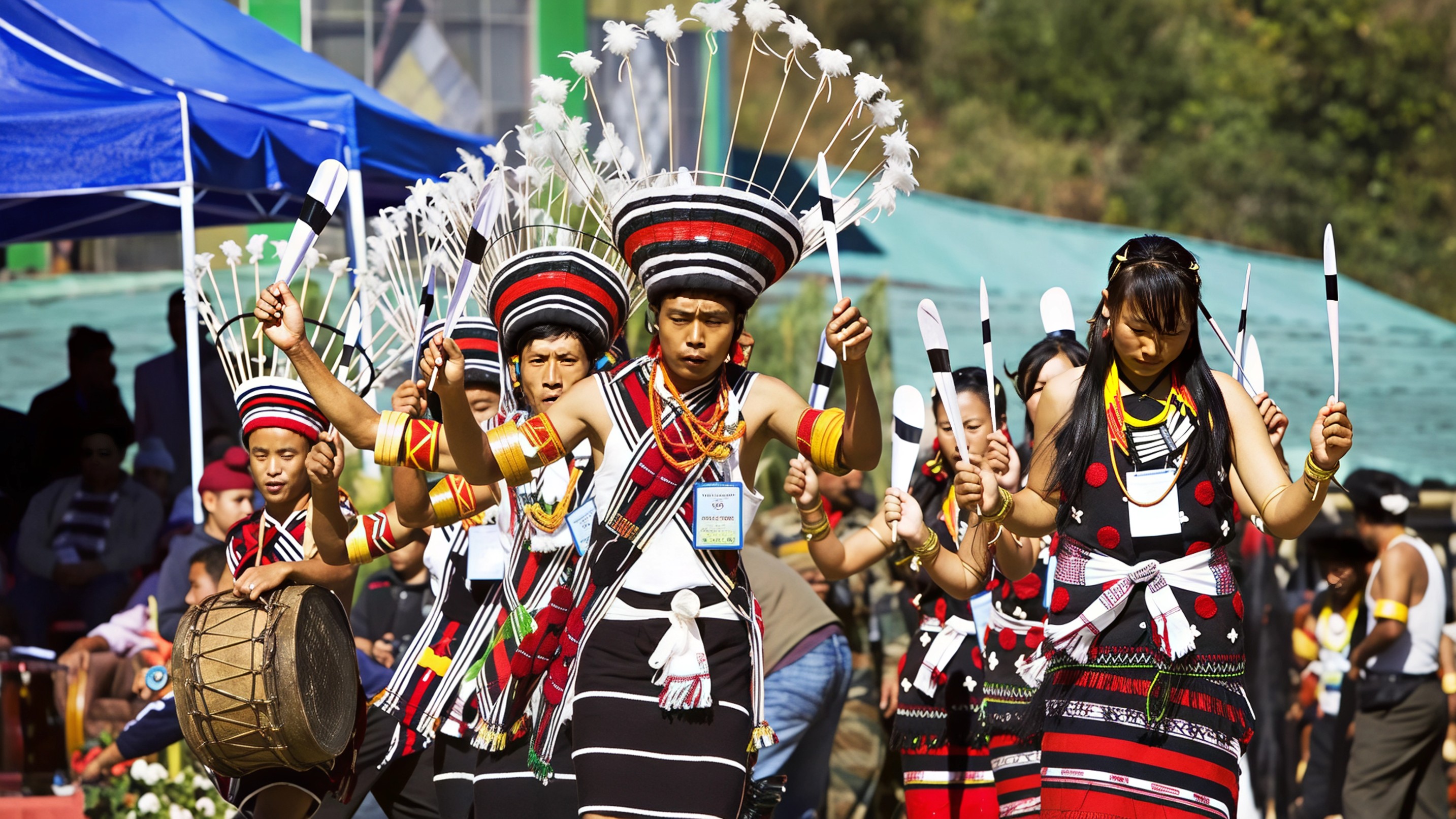For centuries, India’s relationship with snakes has been one of awe and respect. In many parts of the country, serpents are not merely animals but guardians of life, fertility and the natural world. This reverence runs through myths, rituals and folklore that have shaped Indian spirituality for millennia. The worship of snakes—known as Naga Puja—continues to thrive in temples, villages and forests, symbolising harmony between humans and nature.
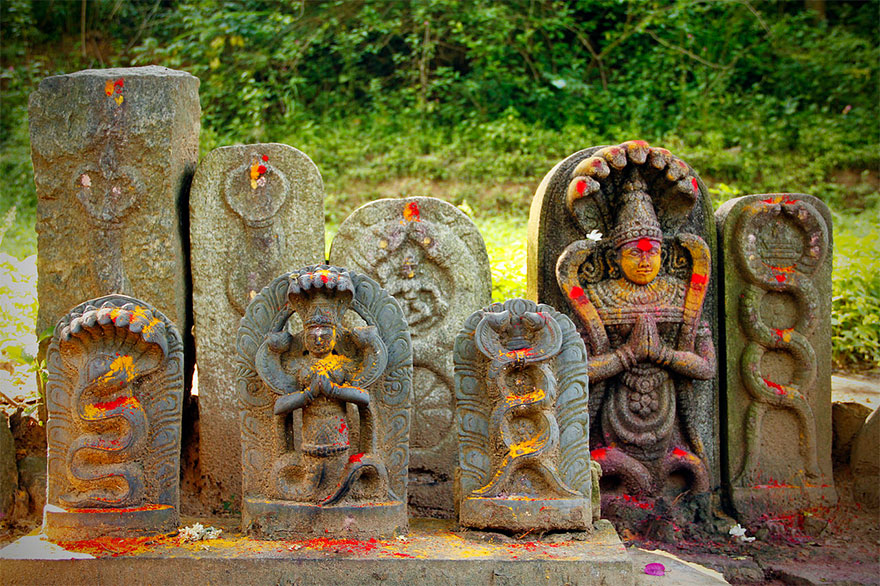
The Spiritual Bond Between Humans And Serpents
In Indian mythology, snakes have always held a place of power and mystery. They appear as protectors, as divine messengers and as symbols of life, death and rebirth. The stories of Vasuki and Shesha Naga are central to Hinduism. Vasuki, the mighty serpent king, helped churn the ocean during the Samudra Manthan, while Shesha serves as the eternal bed of Lord Vishnu. In Buddhism, snakes represent wisdom and protection, with legends telling of the serpent Mucalinda who shielded the Buddha from a fierce storm.
In folk beliefs, snakes are guardians of crops and rain, protecting both harvest and home. Many communities believe that killing a snake brings misfortune, as these beings are seen as carriers of ancestral spirits. The ancient practice of worshipping them has helped nurture an unspoken culture of conservation, where reverence became the first law of protection.
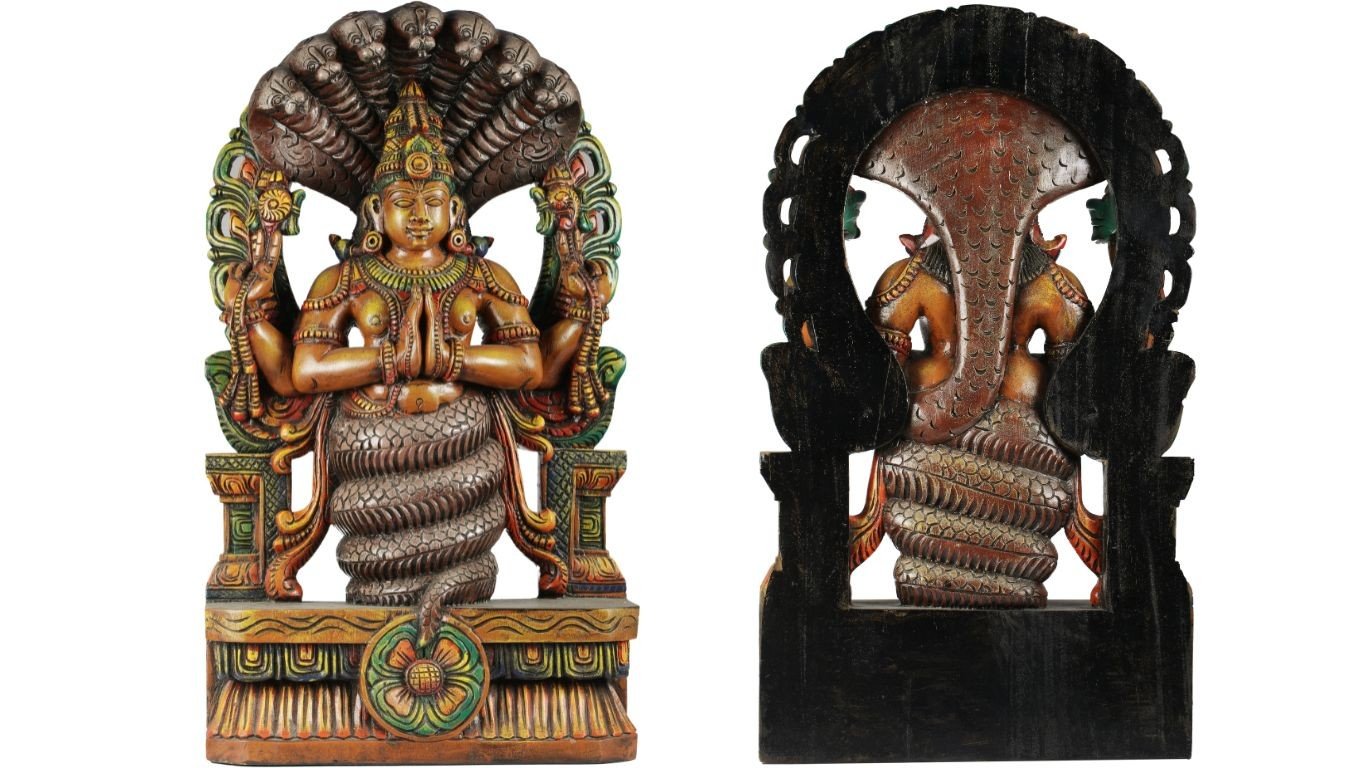
When Faith Meets Ecology
In the dense forests of the Sundarbans, where venomous snakes are part of everyday life, devotion often takes the form of gratitude. Locals worship the goddess Manasa, believed to have the power to protect from snakebites and misfortune. These beliefs reflect more than superstition—they represent an ecological understanding that life must coexist with the wild.
Snake worship is also a form of ecological wisdom. In many villages, sacred groves known as sarpakavu or snake forests are preserved in honour of the serpent deities. These small pockets of untouched land serve as vital habitats for countless species, sustaining biodiversity for generations. Rituals such as the offering of milk, turmeric and rice flour to stone idols of serpents continue to this day in Kerala, Karnataka and parts of Tamil Nadu.

The Shrines Of The Serpent Gods
India’s devotion to serpent deities takes many forms, from humble forest shrines to grand temples. In Karnataka’s Kukke Subramanya Temple, devotees worship Lord Subramanya as the guardian of serpents. According to legend, he once protected the serpent king Vasuki from Garuda, the mighty eagle. Pilgrims visit the temple to seek relief from Sarpa Dosha and offer prayers for prosperity and health.
In Kerala, the Mannarasala Sree Nagaraja Temple in Haripad stands as a spiritual and ecological marvel. Surrounded by lush forest, it honours the serpent king Nagaraja and his consort Sarpayakshini. The temple is known for its unique tradition of being led by a female priest called the Mannarasala Amma. Devotees visit to seek fertility blessings and return to express gratitude for answered prayers, reinforcing the timeless bond between faith and nature.
Farther east in Odisha, the village of Hatibari celebrates the serpent goddess Manasa during the festival of Nag Panchami. The day is marked by prayers, songs and offerings of milk, flowers and sweets. Locals believe that worshipping the goddess ensures protection from snakebites and brings harmony to their homes.
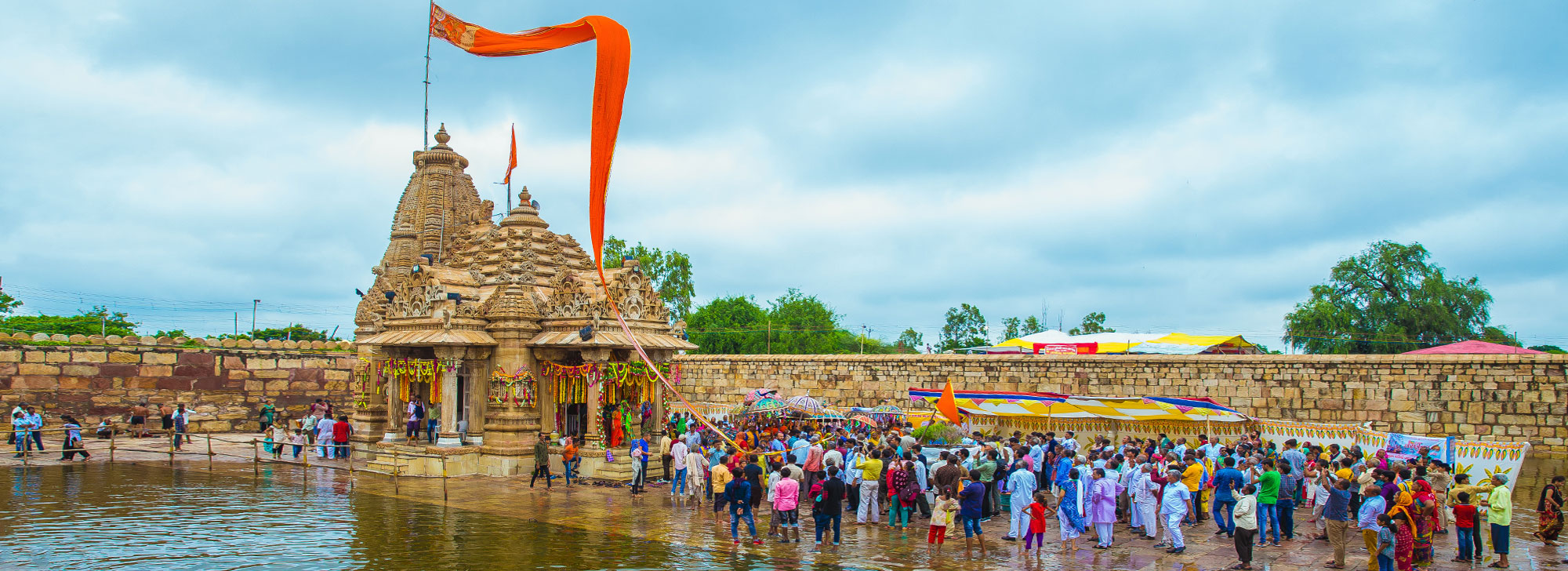
Sacred Groves And Vanishing Beliefs
In tribal and Adivasi cultures, sacred forests dedicated to serpent deities are still protected by ancient customs. These groves act as informal sanctuaries, conserving flora and fauna that might otherwise disappear under modern pressures. However, urbanisation and changing lifestyles are threatening these traditions. As concrete replaces green spaces, the reverence for serpents—and the ecological awareness it represents—is slowly fading.
Experts warn that the loss of cultural beliefs tied to nature may lead to ecological imbalances. The traditional understanding that every creature has a purpose once encouraged communities to live sustainably. Snake worship, in particular, served as a moral reminder that even the most feared beings play a vital role in maintaining life’s delicate balance.

Keeping The Legacy Alive
As India modernises, there is a growing call to revive the spiritual and environmental wisdom embedded in traditions like snake worship. Integrating these age-old beliefs into modern conservation efforts could help restore harmony between humans and wildlife. The serpent shrines and sacred groves of India are not just relics of the past—they are living lessons on coexistence and respect for all forms of life.
In the end, the sacred serpents of India remind us that reverence can be a form of protection, and that spirituality and ecology have always been intertwined. The wisdom passed down through generations continues to whisper from temple walls and forest roots: to live in balance with nature is the truest form of devotion.
For more cultural stories, heritage explorations and travel inspiration, follow Travel Moves on Instagram and Facebook.

